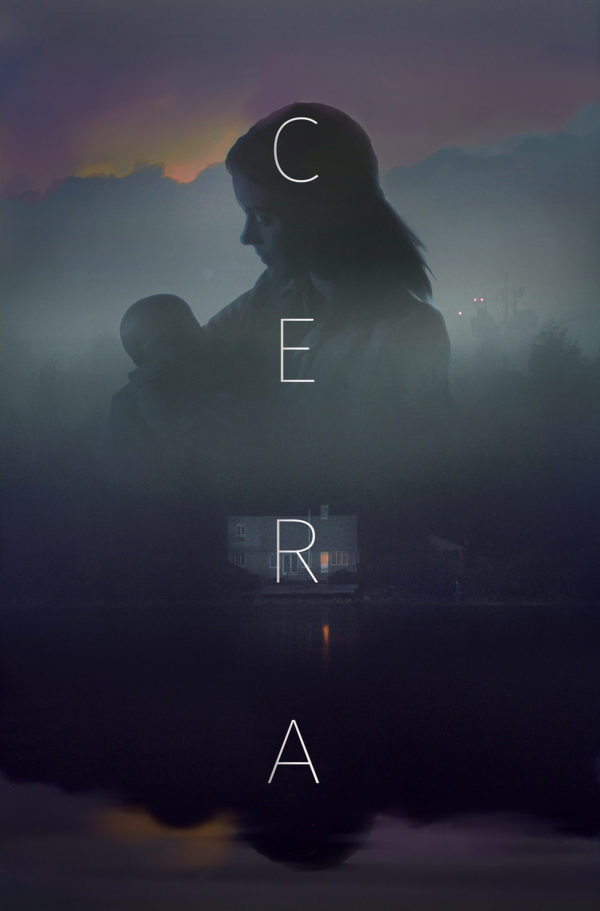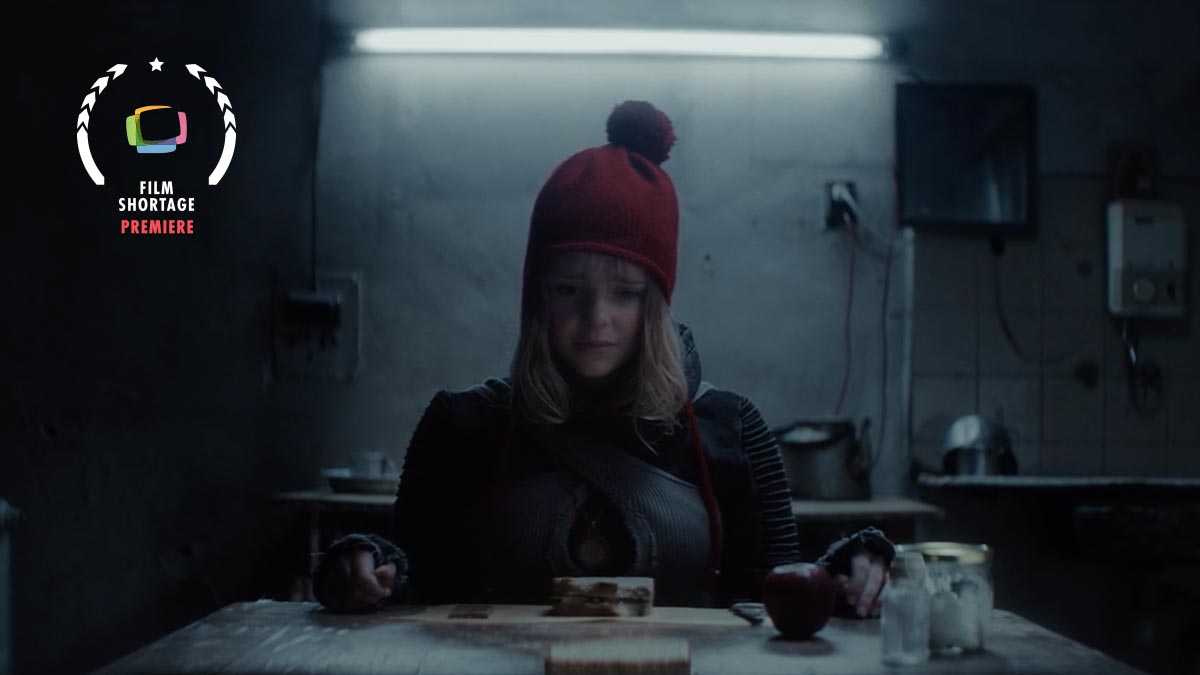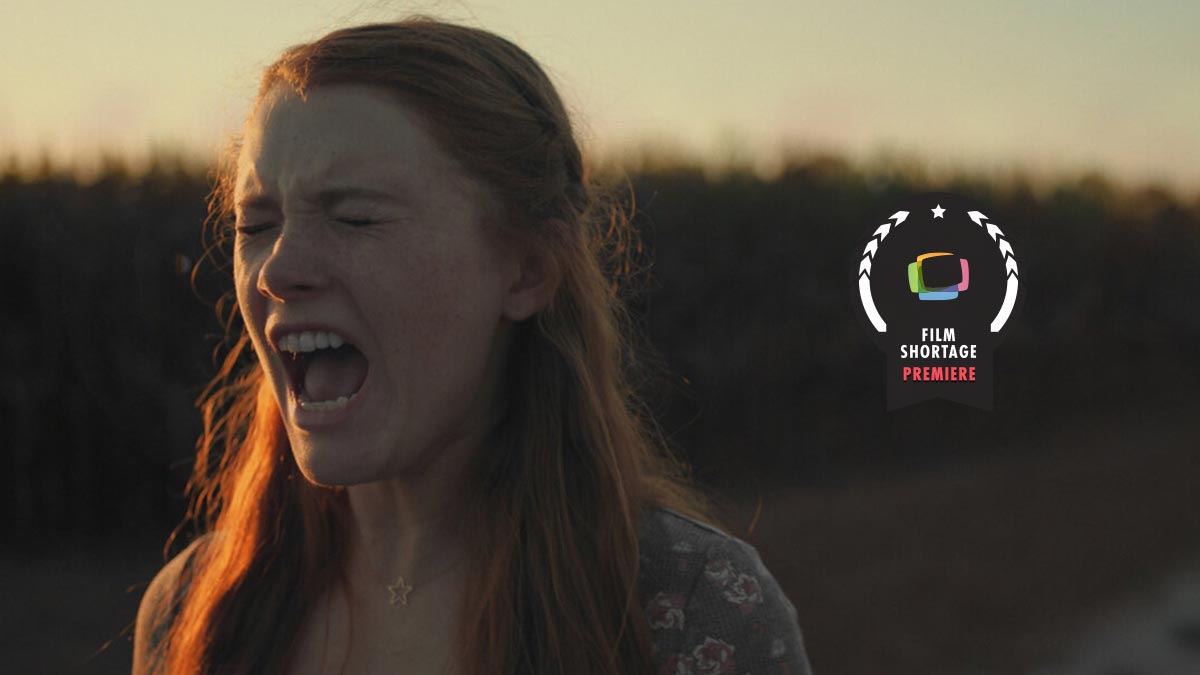In the near future, an 11-year old girl’s loyalty to her parents is tested after an attack by her caregiver hints to a greater violent upheaval beyond their rural surroundings.
Creating an environment, setting and mood is one of the most essential aspects of filmmaking. This is certainly something director John Robinson Irwin hasn’t overlooked in his latest sci-fi thriller ‘Cera’. In fact, John has been joyfully playing with environments on his @followtherill Instagram account, slowly creating a universe between multiple stories he’s written. ‘Cera’ is a proof of concept for the feature film North End, currently in development. The film stars Jason Isaacs, Cali DiCapo, Maria Elena Laas, and Meredith Adelaide. We had the wonderful opportunity to chat with John about ‘Cera’ and its production.
What inspired you to bring this story to life?
I have two kids and as I’ve watched them grow up, I’ve noticed how many apps, technology and devices we have to help our life feel a little more organized and take a little less pressure off the daily grind. There are all these new technologies and services to help make life easier, but there’s also plenty of distraction that comes along too. In many ways, as technology grows in our life, and as much as I love it, I also see that it seems to erode the connections we have with each other. Over time, we come to accept so many different tech improvements to our daily comfort and safety net as our new normal. I wanted to tell a high-stakes story losing connection and of putting trust in the wrong places.
Can you give us a little more background story on Cera?
Cera is a proof of concept for an expanded feature film version I wrote, titled North End. I’ve been excited to flesh out the look and feel of the world before finally directing the feature. For a while, I thought I could do that with some photos I had taken and further development of the North End screenplay but inevitably, it was too difficult for me to express exactly how I wanted the world to feel.
Cera provided the perfect opportunity to do just that, and I was incredibly grateful that so many talented people were willing to go out with me in the woods to make it all happen. The experience was so valuable in attaining further confidence and clarity for how I want to approach the direction of the feature. Cera succeeding as a short film on its own was always a hope, but more important has been the enticement of the greater story to come.

What were some of the biggest challenges you faced during production, and how did you overcome them?
We shot outside of a small town, a couple hours north of Los Angeles. The logistics around getting a cast and crew of 20 people up there, finding a place for them to stay and keeping the budget around a level that wouldn’t break me, was quite a challenge.
The fact that Jason Isaacs was delighted to be in the short was truly unbelievable. He was so humble and incredibly helpful throughout the whole process. I was especially impressed by his energy and work ethic. For the scene where Jason runs through the woods, I offered to hire a body double for him since it was a one-off wide shot that could be easily pulled off without him. In truth, I was terrified to ask him if he would wake up at 4am and drive to the middle of the woods just to get one shot for some short film.
Without hesitation, Jason told me in slightly less nice terms that there was no way in hell I’d be hiring a double and that he would be delighted to do it. Temperatures were just above freezing and he was doing take after take by his own offering to try and make the shot work better. It was marvelous to work with a true professional like that, one with such an absolute love of the craft and a clear understanding of what makes a compelling story.
From a visual standpoint, the lighting was tough for me to grasp within the confines of our budget. I wanted to have a lighting setup that wouldn’t make the space feel over lit and at the same time, would allow us to move quickly from setup to setup without having to move a bunch of lights and gear after every shot. My director of photography, Alejandro Chavez, had the brilliant idea to use LED Lite Panels mounted outside almost every window to simulate a subtle fill of moonlight throughout the entire floor. This allowed us a lot of flexibility for where we could point the camera and how rapidly we could move through the script.
You’re doing a great job at teasing the expanded universe through your instagram account. What’s your planning process like? How do you divide what makes it in the film and what makes it on Insta?
Thank you! I’ve had such fun with the @followtherill channel. It’s been a great outlet for me to explore the look and feel of other stories I’ve written, all happening within the same universe. For a while now, I’ve been visualizing the world that Cera takes place. It goes way beyond that family’s little house on the river and it will continue to be a process to discover over time. Through photography and video ideas, they all come to me at random. When the light happens to be just right, or a thick fog rolls in, I immediately feel myself transported in the world of The Rill and the story comes back alive.
What’s the “feature” plan going forward, and where is it at right now?
As far as the feature’s momentum, the pandemic really slowed things down for us, but I’m really excited to get back on it this year and re-ignite plans for finally making it happen. Jason Isaacs is set to play the lead and we’re fortunate to have some talented producers behind the project, including Roland Emmerich who is Executive Producing.





